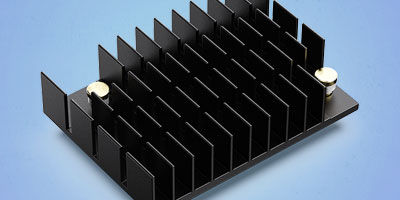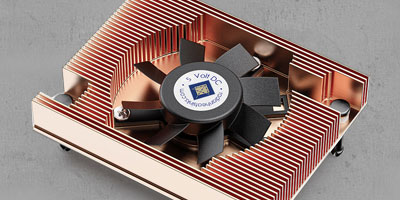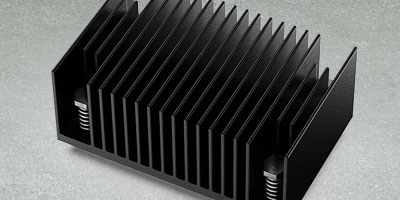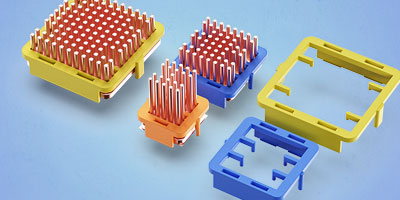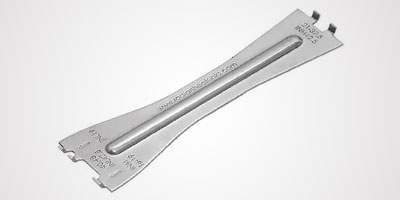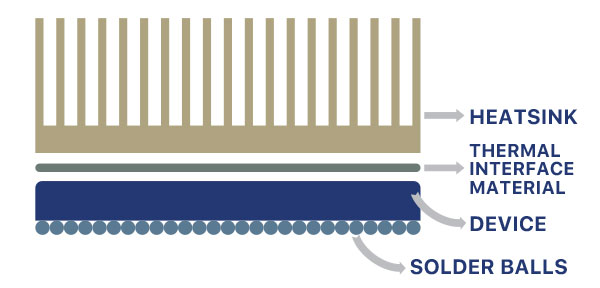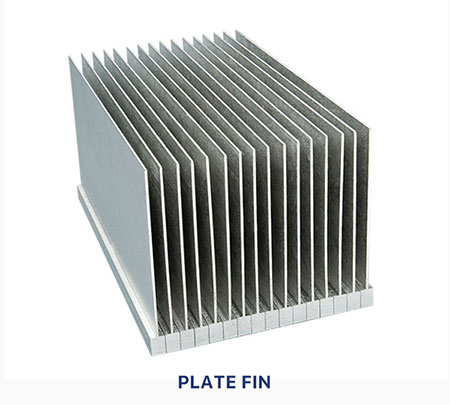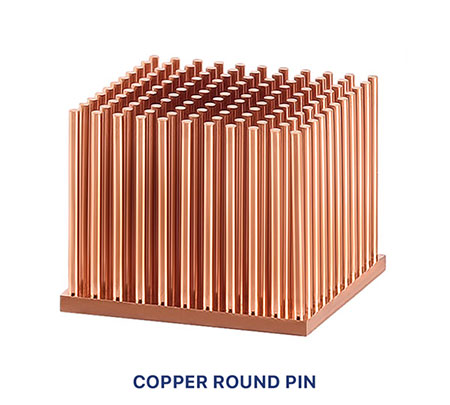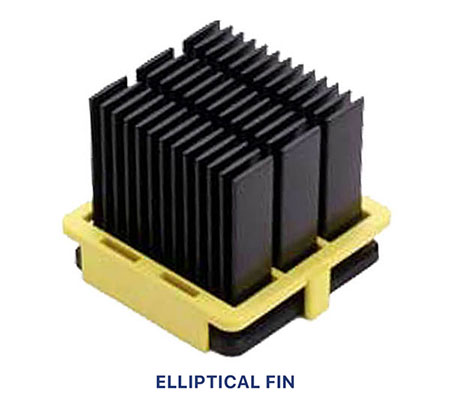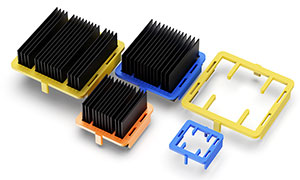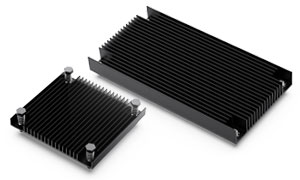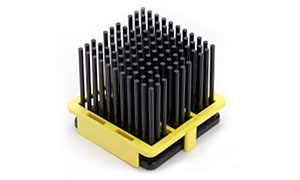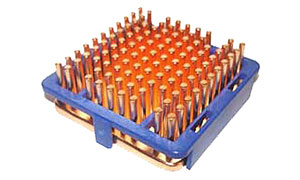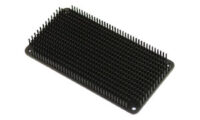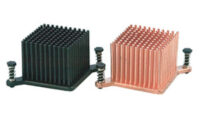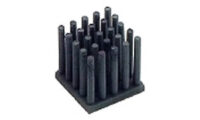When electronic components operate, they generate heat due to the flow of electricity through them. This heat must be dissipated to prevent the parts from overheating and failing. A heat sink works by absorbing this heat and spreading it out over a larger surface area, allowing it to dissipate more efficiently.
The heat sink is typically attached to the electronic component using a thermal interface material, such as a thermal paste or pad. This material helps to transfer the heat from the component to the heat sink.
Once the heat is transferred to the heatsink, it dissipates into the surrounding air through convection. The larger the surface area of the heat sink, the more efficient it is at dissipating heat.
Adequate cooling is essential for electronic devices, and heatsinks are an important component of any cooling solution. At Radian Thermal Products, inc., we are proud to be one of the leading heatsink suppliers in the industry, offering a wide range of high-quality products and exceptional customer service. Contact us today to learn how we can help meet your cooling needs.
There are many designs for heatsinks, but they typically comprise a base and a number of protrusions attached to this base. The base is the feature that interfaces with the device to be cooled. Heat is conducted through the base into the protrusions. The protrusions can take several forms, including:
Heatsinks are usually constructed from copper or aluminum. Copper has a very high thermal conductivity, which means the rate of heat transfer through copper heatsinks is also very high. Whilst lower than that of copper, aluminum’s thermal conductivity is still high and it has the added benefits of lower cost and lower density, making it useful for applications where weight is a major concern.
